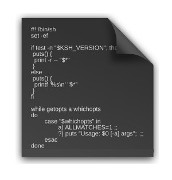JINJA2 is a powerful yet easy to use templating engine that enables easily generating documents on the fly blending one or more objects with a template.
Since the syntax is heavily inspired by Django and Python, JINJA2 is not only commonly used inside Python scripts: it is very often exploited by Ansible, for example when generating configuration files on the fly.
In "JINJA2 With Python Tutorial JINJA Ansible Howto" post we will learn all the must know about JINJA2, and experiment with it by writing a real-life JINJA2 template file, rendering it by merging it with a JSON document using a custom Python script and an Ansible playbook.
